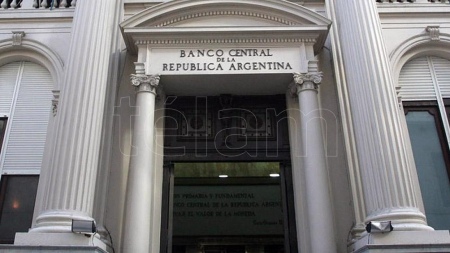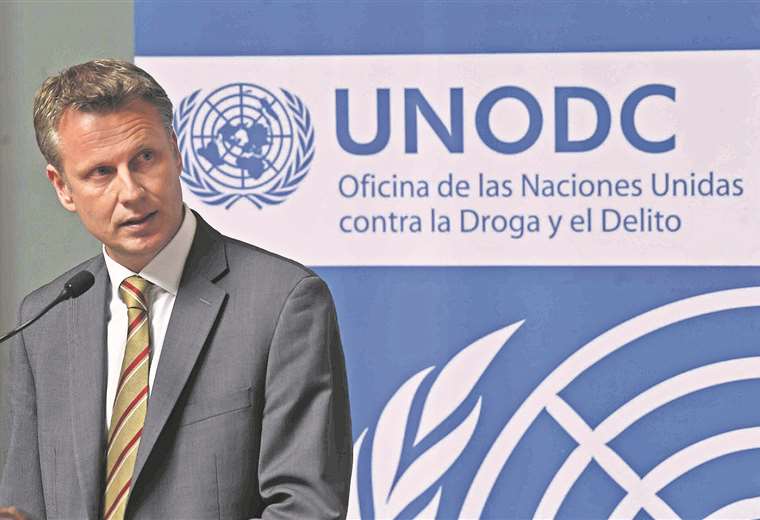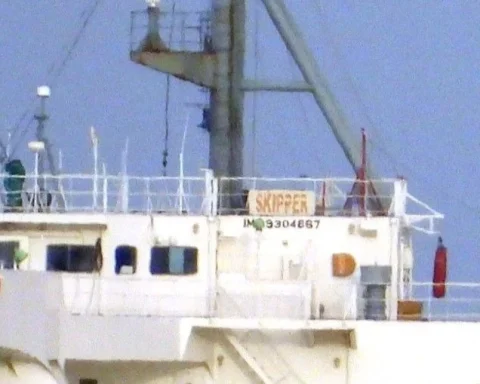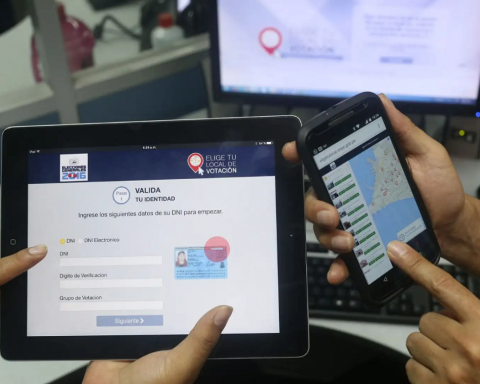The central bank (BCRA) closed the conference this Tuesday with a positive balance of $122 millionwith which he added the second consecutive day with purchases after the reimplementation of a special exchange rate for exports of the soybean chain.
On Monday, the Central Bank bought US$192 millionwhich added to the US$122 million of this Tuesday give a total of US$314 million.
After the strong increases of the previous days, this Tuesday the price of available soybeans registered a drop of $1,000 in the Rosario market, remaining at $84,000 a ton, due to a greater presence of the offer, after the relaunch of the so-called dollar soybean, which has a special price of $230 per unit for settlements made until December 31.
This Monday, on the first day of operations with the renewed program, the volume of soybeans sold by producers was around 300,000 tons.
According to the Buenos Aires Grain Exchange (BCBA) business was registered for 301,716 tons.
Of this total, 192,038 tons corresponded to operations that were arranged on Monday and the remaining 109,678 tons belonged to those operations that were operated on Monday, but were previously arranged, detailed the stock exchange.
“For 2023, our first major objectives are focused on reducing inflation, sustaining and increasing the levels of growth programmed and projected in the Budget, and trying to capitalize on the programs that allow us to develop export competitiveness from an economic point of view. “.Sergio Massa
For its part, the Rosario Stock Exchange (BCR) calculated a volume of operations for 298,911 tonsof which 212,180 were new contracts and 86,731 tons corresponded to price fixing for operations carried out previously.
Regarding this and the income of foreign currency, the Minister of Economy, Sergio Massaheld that the Government is “meeting by the end of 2022 the objectives of accumulation of reserveseconomic growth and fiscal goals as an instrument for ordering economic variables”.
“For 2023, our first major objectives are focused on reducing inflation, sustaining and increasing the levels of growth programmed and projected in the Budget, and trying to capitalize on the programs that allow us to develop export competitiveness from an economic point of view. “, said the minister on Tuesday during his participation in the meeting of the Federal Agricultural Council, in which the Secretary of Agriculture, Juan José Bahillo, was also present.

Massa pointed out that his management hopes that “in the first quarter of 2023, based on agreements with the sectors, we will have the opportunity to carry out export promotion programs with all the regional economies that multiply the export capacity of our provinces and that from the National State allow us to put incentives, whether from the point of view of valuation of the exchange rate, reduction of withholdings, suspension of the collection of some taxes”.
For his part, Bahillo maintained that the Export Increase Program (PIE) “will be well accepted” by producers, although they will have a more gradual entry.
“As we reached US$ 8,000 million in the September window of the PIE, today we expect US$ 3,000 million as a minimum. We understand that there will not be the flood (of sales) that there was in September, but that it will be an income more gradual, but with very good acceptance,” said Bahillo.
The secretary stressed that there is a commitment on the part of cereals not to increase the price of inputs for the production of balanced feed for animal consumption, especially chickens, pigs and cattle, taking into account the increase in soybeans.


















